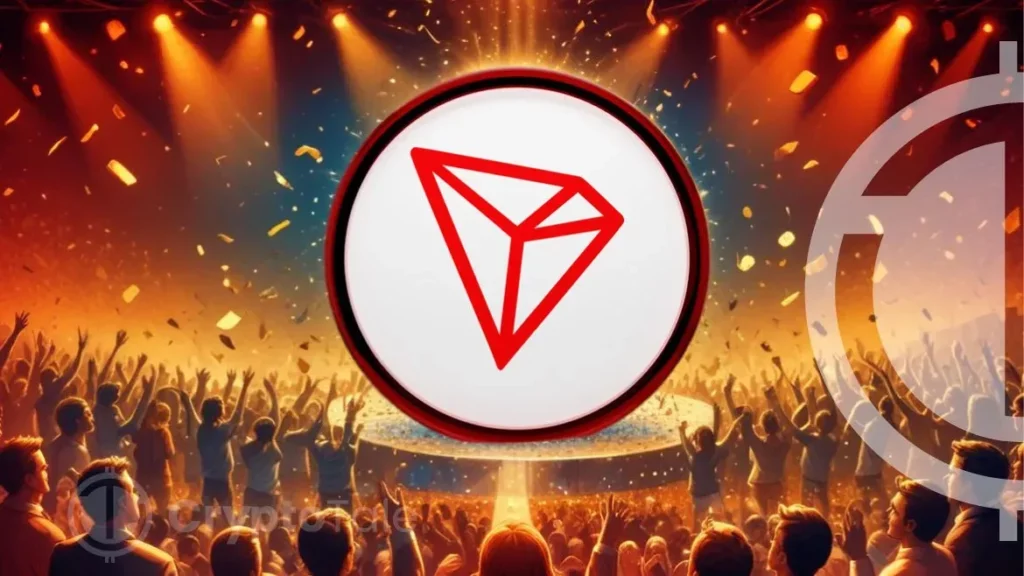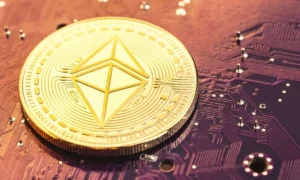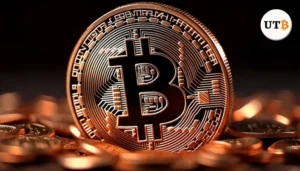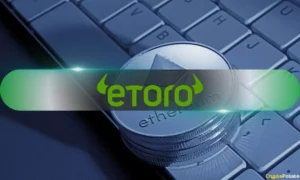
Review on TRON: Fostering Speed and Scalability in the DeFi World
TRON (TRX) has established itself as a prominent player in the decentralized finance (DeFi) ecosystem, with its unique architecture and innovative features. Since its launch in 2017, TRON has been aggressively expanding its capabilities to support scalability and speed, making it an attractive platform for developers and users alike.
One of the key reasons TRON has gained significant traction is its ability to process a large number of transactions per second. With a throughput capacity of 2,000 TPS (transactions per second), TRON significantly outperforms other blockchain platforms like Bitcoin and Ethereum. This level of scalability allows for seamless execution of complex decentralized applications (dApps) and enables the creation of more robust DeFi protocols.
Moreover, TRON’s low transaction costs make it an attractive platform for developers and users. The gas fees on TRON are significantly lower compared to those on Ethereum or other blockchain platforms, which helps reduce the overall cost of doing business on the network. This is a critical factor in the success of any DeFi project, as high gas fees can be detrimental to the adoption and growth of decentralized applications.
The integration of BitTorrent, a widely used peer-to-peer file-sharing protocol, has also been instrumental in TRON’s growth. The acquisition of BitTorrent brought millions of users into the TRON ecosystem, leveraging decentralized file-sharing capabilities. This strategic move enabled TRON to establish itself as a major player in the content sharing and distribution space.
Another critical aspect of TRON is its Virtual Machine (TVM), which is compatible with Ethereum Virtual Machine (EVM). The TVM allows developers who are familiar with the Ethereum ecosystem to easily port their smart contracts over to the TRON blockchain, fostering a sense of community and encouraging collaboration between different blockchain platforms.
TRON’s Delegated Proof of Stake (DPoS) consensus mechanism has also played a crucial role in its success. By using a DPoS model, TRON is able to achieve faster block times and higher scalability, as well as provide a more secure and decentralized network through the use of nodes that are incentivized by the platform’s governance token.
The SRs (Super Representatives) on TRON play a vital role in ensuring the stability and growth of the ecosystem. These SRs are chosen based on their performance over a period of time and act as leaders or representatives for the blockchain.
Source: https://cryptotale.org/review-on-tron-fostering-speed-scalability-in-defi-world/


